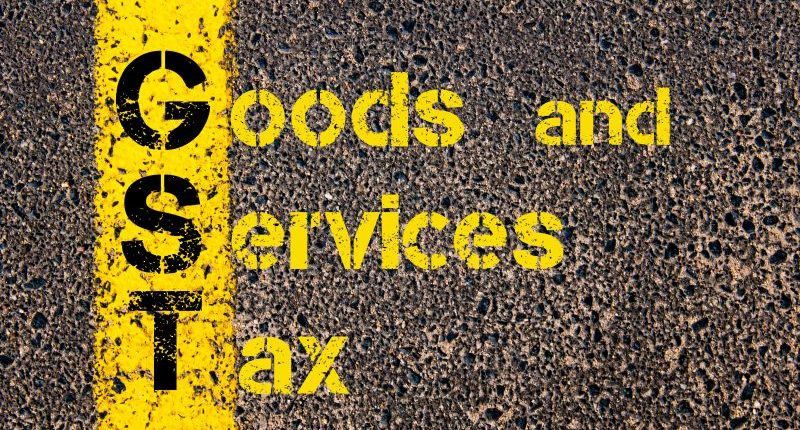The small taxpayers are confused about whether or not the QRMP scheme suits their business. The reason for this is the lack of information or TMI about the QRMP scheme. Currently, the government is trying at its best to increase awareness about the scheme.
The GST Network (GSTN) has pre-designated filing frequency of GSTR-3B for all the eligible taxpayers under the scheme, from 1st January 2021. Although the scheme is for taxpayers’ convenience, several businesses are worried about what action needs to be taken and the impact. The eligible taxpayers are those businesses with an annual turnover of up to Rs 5 crore, that must be computed at a PAN-level. However, note that the scheme can be chosen at a GSTIN level.
Even though the government pre-designates a taxpayer to file GSTR-3B quarterly, it must be noted that such taxpayers are also allowed to opt-out of the scheme and file every month if it does not suit or interest them. The window is open between 5th December 2020 up to 31st January 2021.
Recently, the tax authorities have started sending out communications to taxpayers informing of such pre-designations. While doing so, several taxpayers have received a message from the department that wrongly implies that they have ‘defaulted’ the filing of GSTR-3B. Instead, the message was intended to inform that their GSTR-3B has been ‘by default’ chosen for a quarterly filing from 1st January 2021 (monthly filing for existing quarterly GSTR-1 filers) and can be shifted back to monthly by the taxpayer himself, through an opt-out.
The CBIC with GSTN has run a check and understood the popular choices of the small businesses. The pre-designation of GSTR-3B filing frequency has been well thought through after considering that a lesser number will have to opt-out compared to opt-in. It ultimately reduces the GST portal load when this window is open and allows efficient change management to take place on the GST portal.
Broadly, the scheme intends to simplify the return filing process for the taxpayers. They have to continue paying taxes every month. However, reporting of details and filing of returns will be pushed to the end of each quarter.
Also Read: GSTN Eases Taxpayer Compliance By Auto-Populating GSTR-3B Return
It raises the next question about the manner to calculate the taxes. The GST portal will provide a window at the time of paying taxes in form PMT-06 challan. It provides both the fixed sum and the self-assessment methods to choose from for paying taxes every month. These methods only come into play if the monthly tax liability exceeds the total balance available in the electronic cash and credit ledgers. Further, the choice and the computation can be traced on the GST portal itself without any charge of interest for the shortfall in the first two months of the quarter.
The fixed sum method allows a taxpayer to pay a flat 35% of the tax paid via cash in the previous quarter, for either the first or the second month of the current quarter. Whereas, under the self-assessment method, the taxpayer can estimate and pay his net tax outflow for that month with sales and GSTR-2B data.
There are certain deciding factors for quarterly filing of GSTR-3B. Firstly, a small business (with annual turnover up to Rs 1.5 crore) may be disinterested to file GSTR-3B once in a quarter if it is already filing GSTR-1 every month. Considering this, the GSTN has already designated such taxpayers with a monthly filing of GSTR-3B.
Next up, those small businesses who find quarterly filing of GSTR-3B convenient may need to consider the other factors. If their sales mix primarily has a greater proportion of B2C sales in comparison to B2B, then they might as well go for the quarterly filing of GSTR-3B.
On the other hand, if B2B customers dominate the sales mix, then the decision could be influenced by their customers’ preference. GST registered buyers may insist that these small businesses upload invoices regularly every month, attaching it to payment terms. The all-new Invoice Furnishing Facility (IFF) can then be used such businesses as a solution. However, a restraint here is that the IFF is not available for taxpayers with more than Rs 1.5 crore. Such taxpayers may have to eventually end up filing GSTR-1 every month, making QRMP disadvantageous for them.
Further, the frequency of filing GSTR-3B may be changed from quarterly to monthly if the sales are seasonal in nature during the quarter, where sales volume is expected to be huge. However, if sales are volatile, it is better to decide based on the other factors mentioned above.
Unlike a composition scheme, the QRMP scheme can be chosen at the beginning of every quarter. Hence, the taxpayers need not panic about having made the wrong decision for their business. They can switch back to the earlier frequency for the next quarter.
Since 1st December 2020 onwards, the government has re-introduced the rule to block e-way bills for not filing GSTR-3B for more than two tax periods. One needs to see how the department will smoothly monitor the implementation of this rule once the QRMP scheme comes into force, due to the option of switching the frequency within the financial year.
For any clarifications/feedback on the topic, please contact the writer at annapoorna.m@cleartax.in
Annapoorna, popularly known as Anna, is an aspiring Chartered Accountant with a flair for GST. She spends most of her day Singing hymns to the tune of jee-es-tee! Well, not most of her day, just now and then.




